Ambitious plan
According to Kitco, China is launching a large-scale campaign to improve the position of the Shanghai Gold Exchange (SGE) in the international market.
Accordingly, the People's Bank of China (PBoC) and three other government agencies announced the "Action Plan to Further Enhance the Facilitation of Cross-Border Financial Services in the Shanghai International Finance Center".
Specifically, the PBoC and three government agencies will invest in the internationalization of the SGE, aiming to play a larger role in setting global gold prices, alongside major exchanges such as the London Metal Exchange (LME).
Unlike the LME's pricing method through the OTC gold market between buyers and sellers, China will use SGE as the pricing center. Currently, SGE has contacted a number of influential international banks such as HSBC, ANZ, Standard Bank and Standard Chartered Bank.
The plan also calls for enhancing the role of key financial platforms in global resource allocation and facilitating deeper international investor participation in China's financial market.
The country also plans to set up overseas gold reserves to facilitate international payments and expand access to global investors.
In addition, China will promote the use of the renminbi (RMB) in precious metals trade.
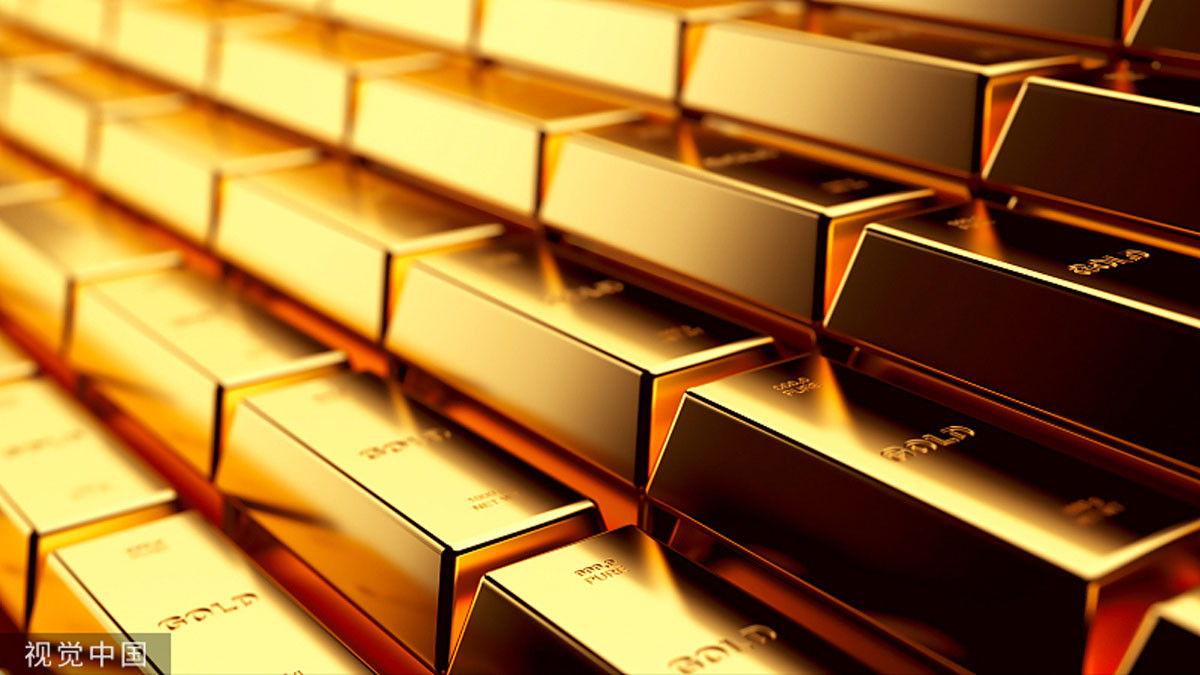
In fact, China has been trying to raise the profile of the SGE for more than a decade, but it has mainly focused on promoting gold trading in yuan. China's role in the international gold market is still quite modest.
However, this plan is groundbreaking, aiming to expand its influence to the international market to enhance the role of SGE in the context of China being the world's largest producer, importer and consumer of physical gold.
The new plan reflects China’s efforts to reduce its dependence on Western pricing mechanisms and increase the role of the yuan in precious metals trade, gradually reducing the dominance of the US dollar.
The move comes as gold prices have been setting new records since the beginning of the year. China’s gold trade is still heavily influenced by international prices. Gold prices in Shanghai are consistently higher than in London, with a difference of up to tens of dollars per ounce.
On April 22, the spot price of gold on the international market exceeded the threshold of 3,500 USD/ounce, compared to 2,650 USD/ounce at the beginning of the year. JPMorgan forecasts that the price of gold could reach 4,000 USD/ounce by 2026.
Meanwhile, the US dollar fell to a three-year low against a basket of six major currencies, amid escalating US-China trade tensions due to President Donald Trump's tariff policies.
China's Ambitions and the Risk of a New Financial War
China's ambition is not only to promote SGE to compete with Europe's LME and the US's Comex, but also to consolidate its position in global financial and commodities markets.
Internationalizing the SGE and competing in setting global gold prices will help enhance the role of the yuan, thereby creating conditions for China to challenge the dominance of the US dollar, especially when the BRICS countries are also looking to reduce their dependence on this currency.
The plan is also seen as a tool for China to deal with the ongoing trade war between Washington and Beijing. The tariffs of up to 125% imposed by the US are putting great pressure on Chinese exports, forcing the country to develop financial instruments such as SGE to protect its economy.
China has made great strides in finance and commodities. As the world’s largest producer and consumer of gold, copper and other precious metals, China has increasingly attractive exchanges such as the Dalian Commodity Exchange (DCE) and the Shanghai Futures Exchange (SHFE).
China’s capital market is now the world’s second largest, with banks such as ICBC and China Construction Bank among the global leaders. However, tight government controls and restrictions on international capital flows have reduced liquidity compared to financial centres such as New York or London.
Strict regulations and low transparency also make many foreign investors hesitant.
Direct competition with LME and Comex is also difficult because these are long-standing exchanges with high reputation, large liquidity and extensive global networks. Meanwhile, SGE mainly serves the domestic market.
Many experts believe that SGE can dominate the Asian gold market, but it will be difficult to surpass LME and Comex overnight due to the lack of global network and trust from international investors.
Still, the ambitious plan could spark a new financial confrontation between China and the West.
According to expert Philip Klapwijk from Precious Metals Insights, if China succeeds in internationalizing the SGE, this will shake the role of London and New York as the gold pricing center.
If SGE gains pricing power, LME and Comex could lose market share, leading to reactions from the UK and US such as imposing trading restrictions or tightening controls on the gold market.
China’s push for the renminbi could impact the current dominance of the US dollar in the global financial system. A thriving SGE would not only help Beijing increase its financial influence, but also help strengthen cooperation within the BRICS bloc. These developments are seen by analysts as potentially increasing economic and technological competition between China and developed economies.
These moves risk adding to global economic uncertainty, pushing up prices of gold and other safe-haven assets.

Source: https://vietnamnet.vn/gia-vang-bien-dong-du-doi-trung-quoc-tung-ke-hoach-chua-tung-co-2394404.html




![[Photo] President Luong Cuong attends the inauguration of the international container port in Hai Phong](https://vphoto.vietnam.vn/thumb/1200x675/vietnam/resource/IMAGE/2025/5/13/9544c01a03e241fdadb6f9708e1c0b65)
![[Photo] Many people in Hanoi welcome Buddha's relics to Quan Su Pagoda](https://vphoto.vietnam.vn/thumb/1200x675/vietnam/resource/IMAGE/2025/5/13/3e93a7303e1d4d98b6a65e64be57e870)
![[Photo] Prime Minister Pham Minh Chinh receives Ambassador of the French Republic to Vietnam Olivier Brochet](https://vphoto.vietnam.vn/thumb/1200x675/vietnam/resource/IMAGE/2025/5/13/f5441496fa4a456abf47c8c747d2fe92)


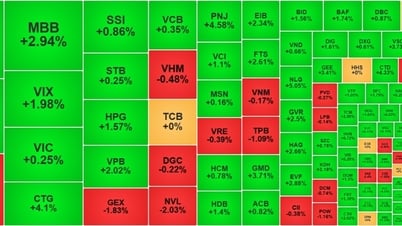


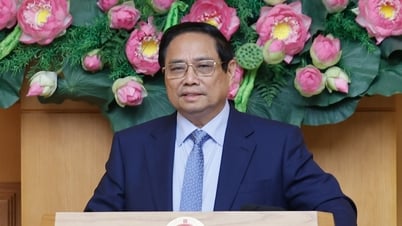
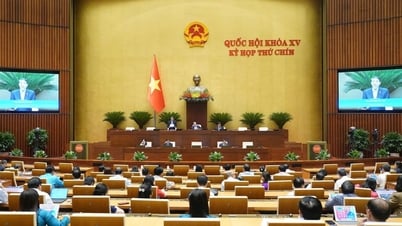


















































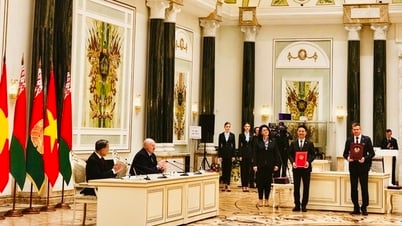












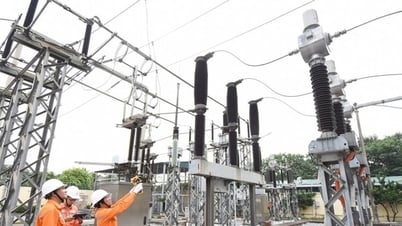
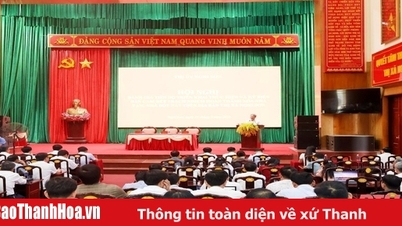














Comment (0)